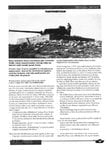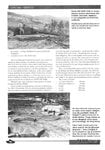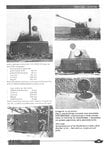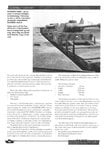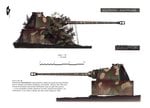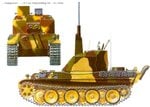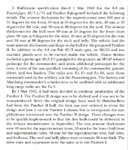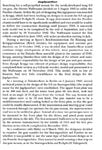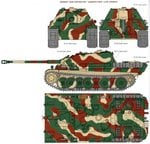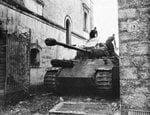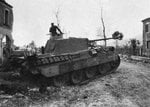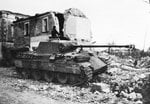TempestMKV
Airman
Limitation imposed to preserve engine life and inability to run at maximum output are two very different things.
I believe in the case of the Maybach 230 the limitation was to avoid unnecessary engine wear, which seems logical given that the maximum torque was already produced by engine at 2500.
Personally, I have never seen any evidence to that the 2500 rpm governing was put in use because of troubles with the final drive or the engine itself.
Wwkipedia about Panther
Panther tank - Wikipedia, the free encyclopedia
Engine
The Panther was powered by a 700 PS (690 hp, 515 kW)/3000 rpm, 23.1 litre Maybach HL 230 P30 V-12 petrol engine that drove two front drive sprockets via the gearbox and steering unit. The engine was generally considered reliable, and had a fatigue life of up to 2000 kilometers. In order to minimize engine failures, the Panther engines were fitted with a governor in late 1943 that limited the engine revolutions to 2500 rpm and power to 600 PS (592 hp, 441 kW). The installation of the governor also dropped the tank's top speed from 55 km/h to 46 km/h.
700PS@3000rpms------55km/h on road, 15.6PS/ton
600PS@2500rpms-----46km/h on road. 13.3PS/ton
The engine has a volume of 23,095 cm³ (approx. 1,925 cm³ per cylinder) and a maximum output of 700 PS (690 hp, 515 kW) at 3,000 rpm. Maximum torque is 1850 Nm at 2,100 rpm. Typical output was 600 PS (592 hp, 441 kW) at 2,500 rpm.
The crankcase and block are made of cast grey iron. The cylinder heads are made from cast-iron. The engine weighs 1200 kg and its dimensions are 1000 x 1190 x 1310 mm. Aspiration is provided by four twin-choke Solex type 52JFF carburettors.
Maybach HL230 - Wikipedia, the free encyclopedia

